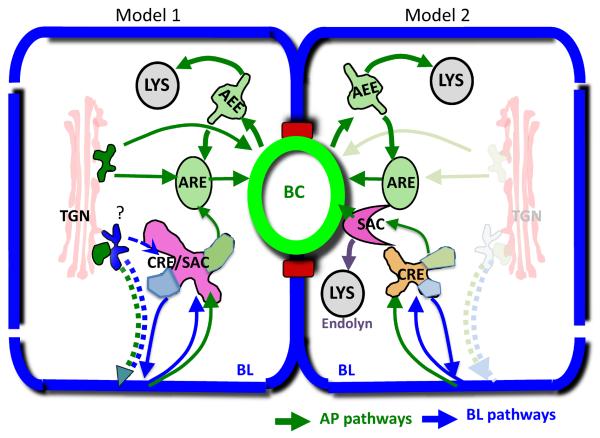Figure 2. The main known and hypothetical trafficking pathways in hepatocytic cells.
Left cell, Model 1: During biosynthetic targeting, monotopic apical (AP) membrane proteins travel from the TGN to the basolateral (BL) surface. It is unknown whether AP and BL proteins are segregated in this transport leg. Whether BL cargo passes through the Common Recycling Endosome (CRE) from the TGN en route to the BL surface is also unknown. AP polytopic membrane proteins are targeted from the TGN directly to the bile canalicular (BC) membrane or via the Apical Recycling Endosome (ARE). Upon endocytosis from the BL domain, AP cargo is segregated from BL recycling proteins in the CRE that has also been called SubApical Compartment (SAC). From he SAC/CRE AP cargo reaches the BC membrane via the ARE. AREs also mediate the recycling of endocytosed BC proteins after they become diverted in an Apical Early Endosome (AEE)) from the pathway that leads to lysosomal (LYS) degradation. Right cell, Model 2: An alternative model suggests that the SAC is distinct from the CRE and mediates BL-to-AP transcytosis bypassing the ARE. According to this model, the ARE is only utilized for AP protein recycling. The SAC has also been implicated in the lysosomal targeting of the protein Endolyn.

